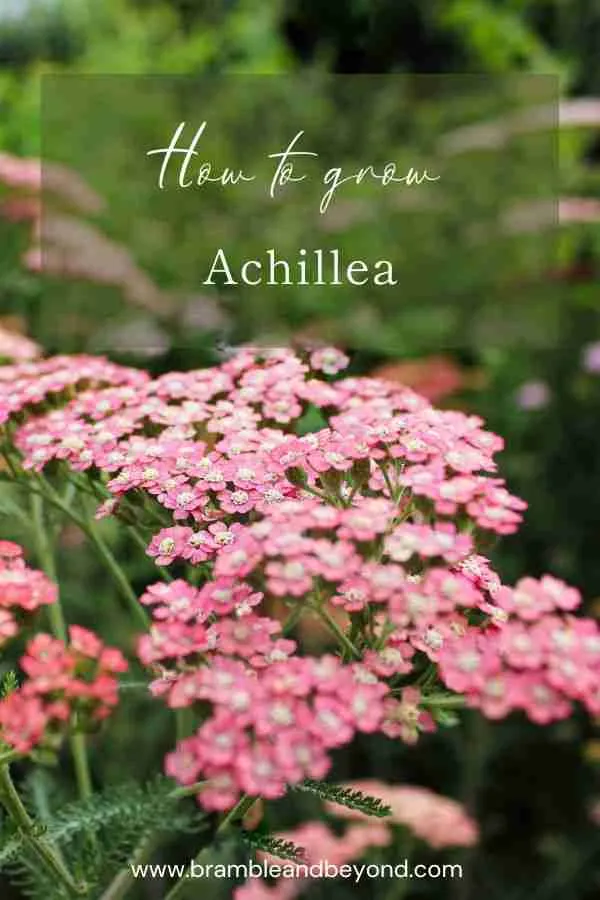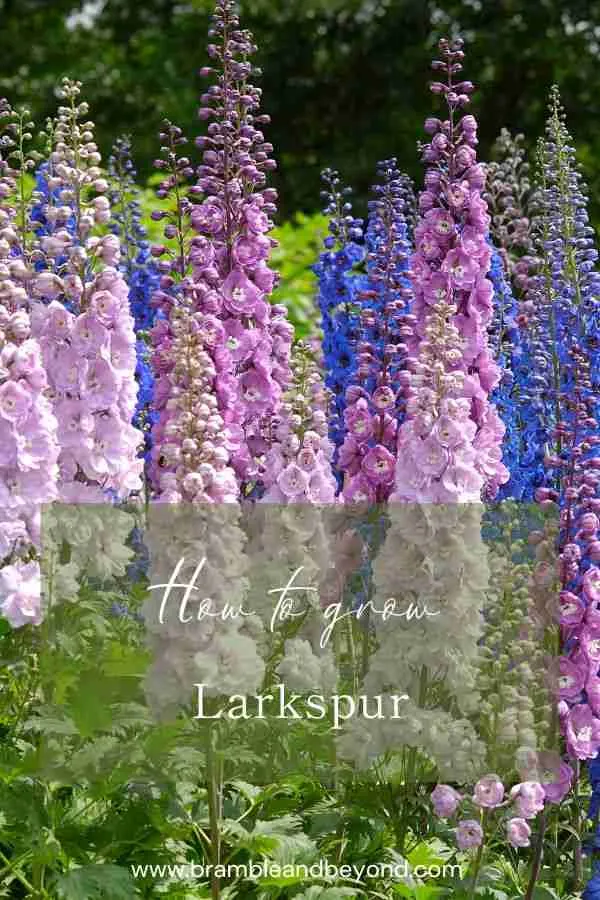Disclosure: This post may contain affiliate links, meaning I get commission if you decide to make a purchase through my links, at no cost to you. Please read my Affiliate Disclosure for more information.
Achillea is a much underrated plant for floristry. A small patch will see you through many floral arrangements for many years. This is a vigorous perennial that will keep you with filler material for your floral arrangements for months each season. It is also a cut and come again plant, so you will get a constant supply for flower material all season long from just a few plants, and it also dries well. What is not to love? Let me tell you how to grow achillea.
What is Achillea
Achillea, also known as Yarrow, is a beautiful and resilient addition to any flower garden. Achillea belongs to the genus Achillea Millefolium and is a perennial plant that offers an array of stunning blooms in shades of raspberry, peach, coral, blush, rose, and buttercream.
If you sow this early enough in the season (March/April), this plant will reward you with flowers in its first year.
In terms of size, Achillea is a vigorous perennial that can grow to a height of about 60cm. Its size and form allows it to blend well with grasses in a wild garden.
Achillea enjoys full sun exposure and well-draining soil. Achillea is known for its resilience and ability to withstand various weather conditions, making it a low-maintenance plant for both experienced and novice gardeners.
In addition to its visual appeal and ease of cultivation, Achillea is a cut and come again plant, meaning that you can continuously harvest its blooms throughout the season. Even when dried, Achillea retains its charm and can be used in various floral arrangements and crafts.
So, if you’re ready to bring nature’s beauty into your garden and enjoy the rewards of sustainable seasonal flower gardening, let’s dive into the wonderful world of growing Achillea!
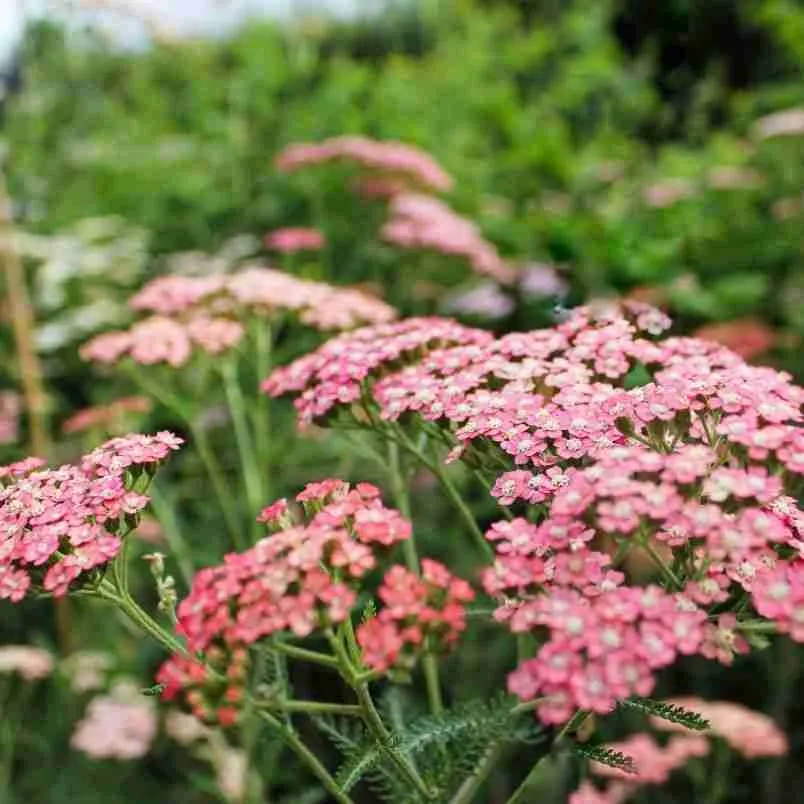
How to grow achillea:
- Start seed indoors in trays 8 to 10 weeks before last frost.
- Seed requires light to germinate, so do not cover. Bottom-water until seedlings emerge.
- Transplant out after all danger of frost has passed.
- This plant can benefit from cutting back in May or throughout the season when required.
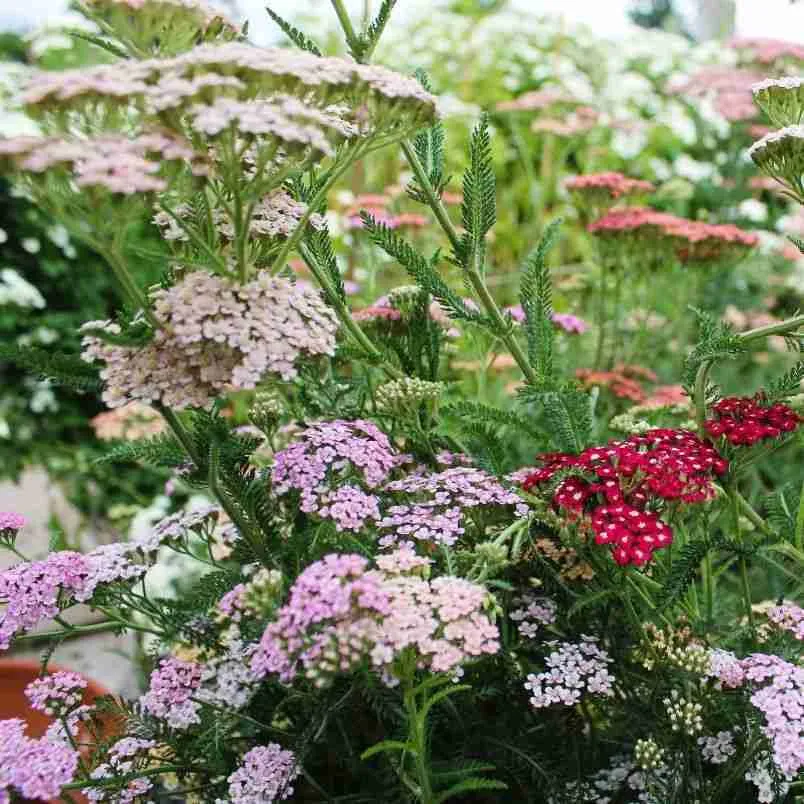
Plant details:
- Plant type: perennial
- Height: 60cm
- Site: full sun
- Sowing depth: surface sow
- Germination: 5-10 days
- Temperature: 18-25°C
- Days to maturity: 120 days
- Plant spacing: 23-30cm
- Pinch: not necessary
- Staking: yes
- Drying: yes
- Approx seeds per packet: 80
Please note we pack the majority of our seeds by weight so the number of seeds indicated is only an approximation.
Currently, I sell our seeds, and other bits and bobs, through Etsy, so the link below will direct you there.
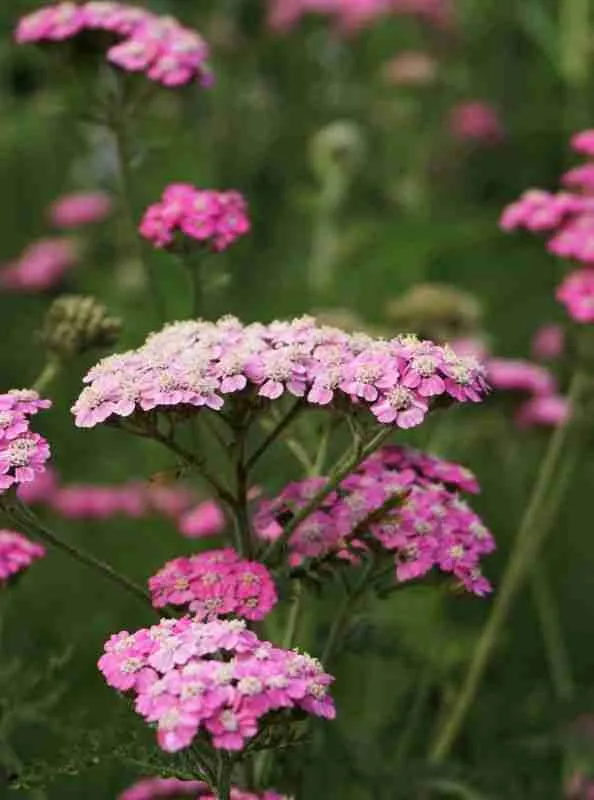
Harvesting and vase life:
- Harvest when at least three-quarters of the florets are open on the flower heads and the pollen is showing. If picked too early, the flowers will wilt and not recover.
- Yarrows are notorious for making their water dark and murky overnight.
- Expect a vase life of 5 to 7 days.
Here are my top tips for growing Achillea:
- Get a head start by starting some seeds in pots during early spring. Late February to early April is a great time to begin!
- Sow seeds thinly onto the surface of a good compost. Remember, don’t cover the seeds with soil as they need light to germinate.
- The seeds should germinate in a few weeks when sat on a warm windowsill.
- Don’t rush to put your plants outside until the risk of frost has passed. They are hardy once established.
- Give your seedlings some space to grow by planting or thinning them out to around 30cm apart.
- You can sow them directly in your desired spot during mid-spring. Beginning of April is usually a good time.
- Remember to choose a sunny spot for your plants to thrive.
- Keep in mind that these plants prefer they will tolerate a dry soil but preferably a free draining site.
- These plants benefit from cutting back mid-season. This will mean they will start flowering again for the late season flowers.
Once you have a few plants established, you will find these will self sow everywhere and you will never need to bother sowing them again!

